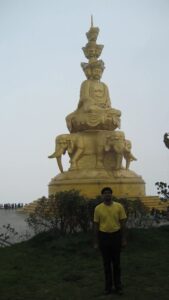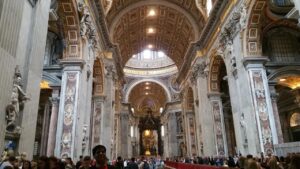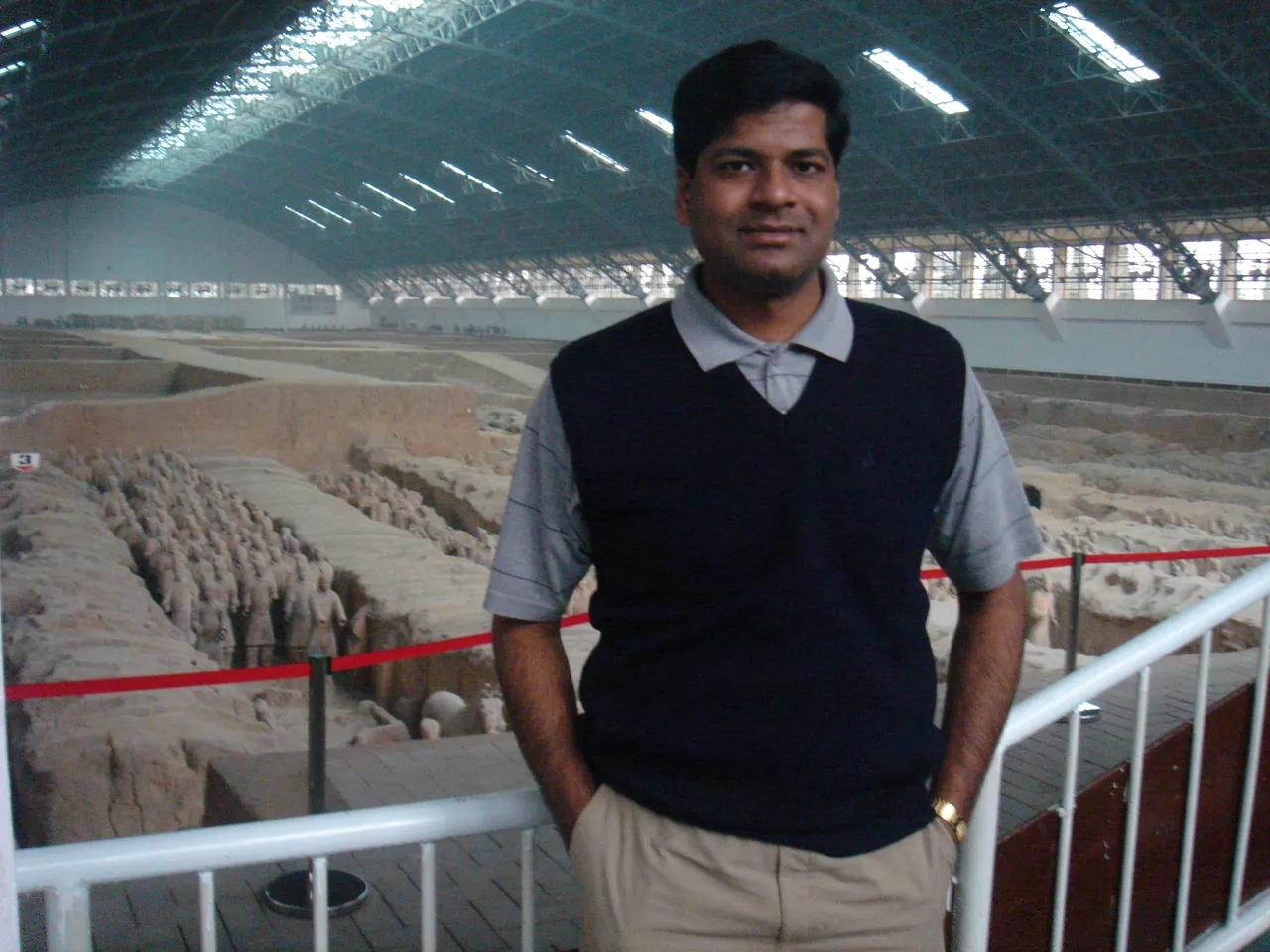

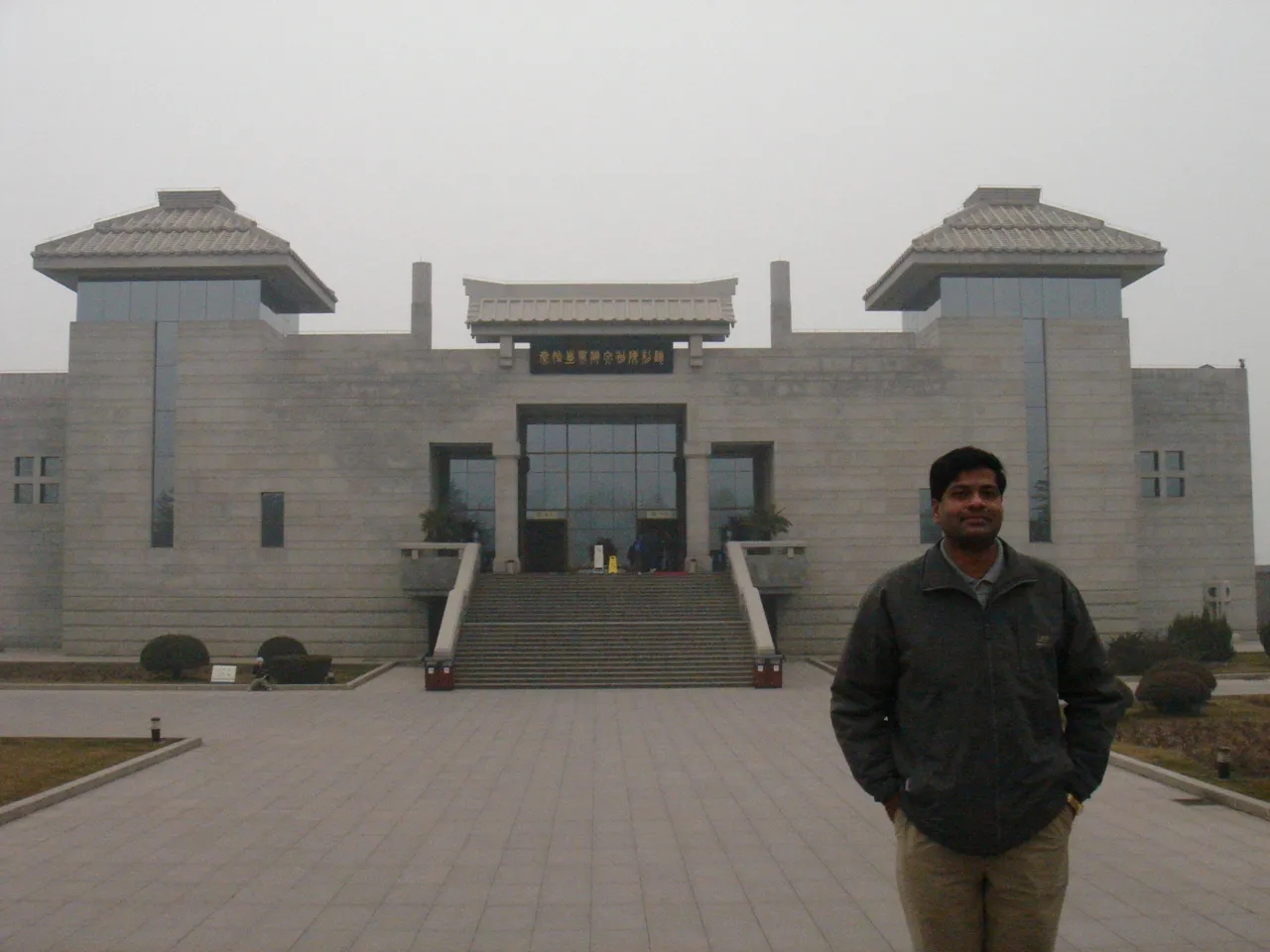
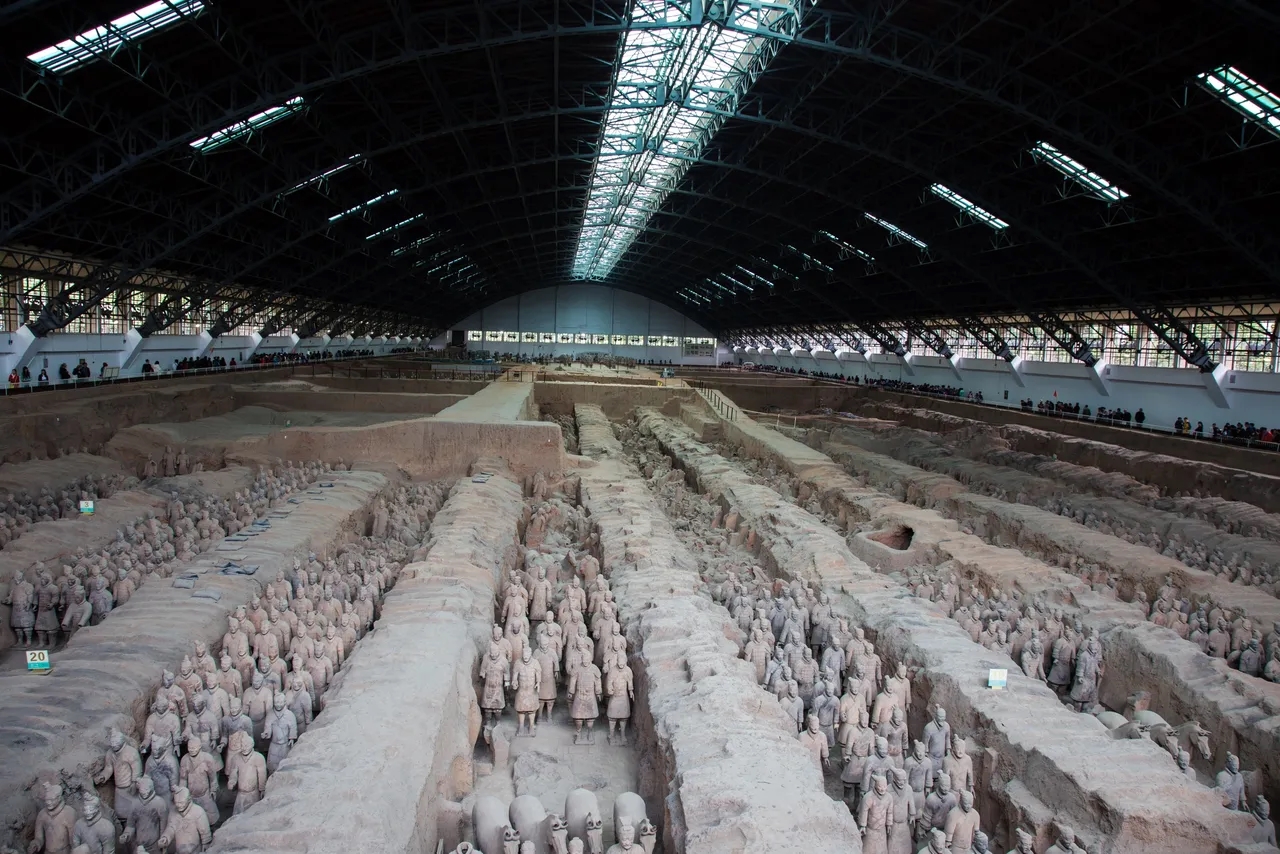
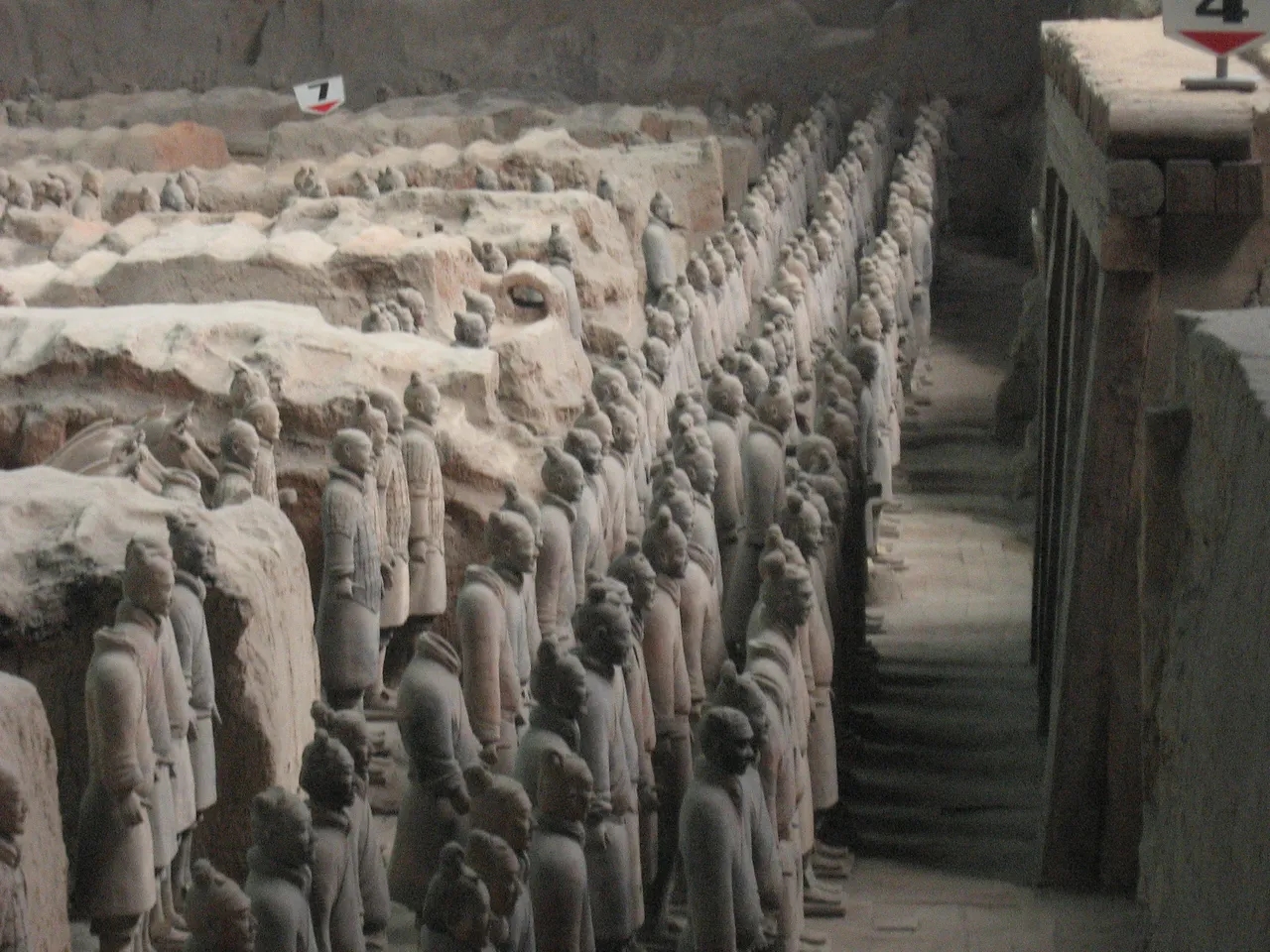
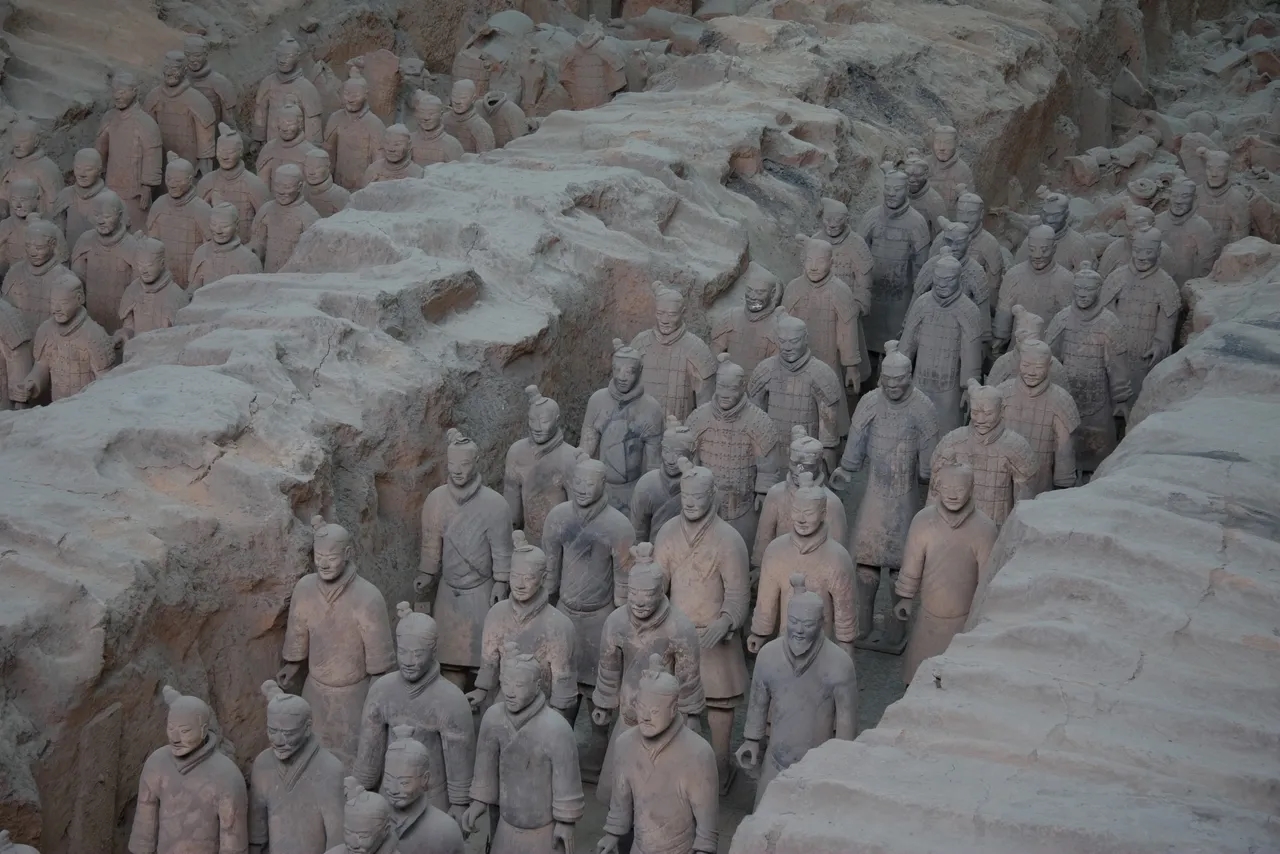
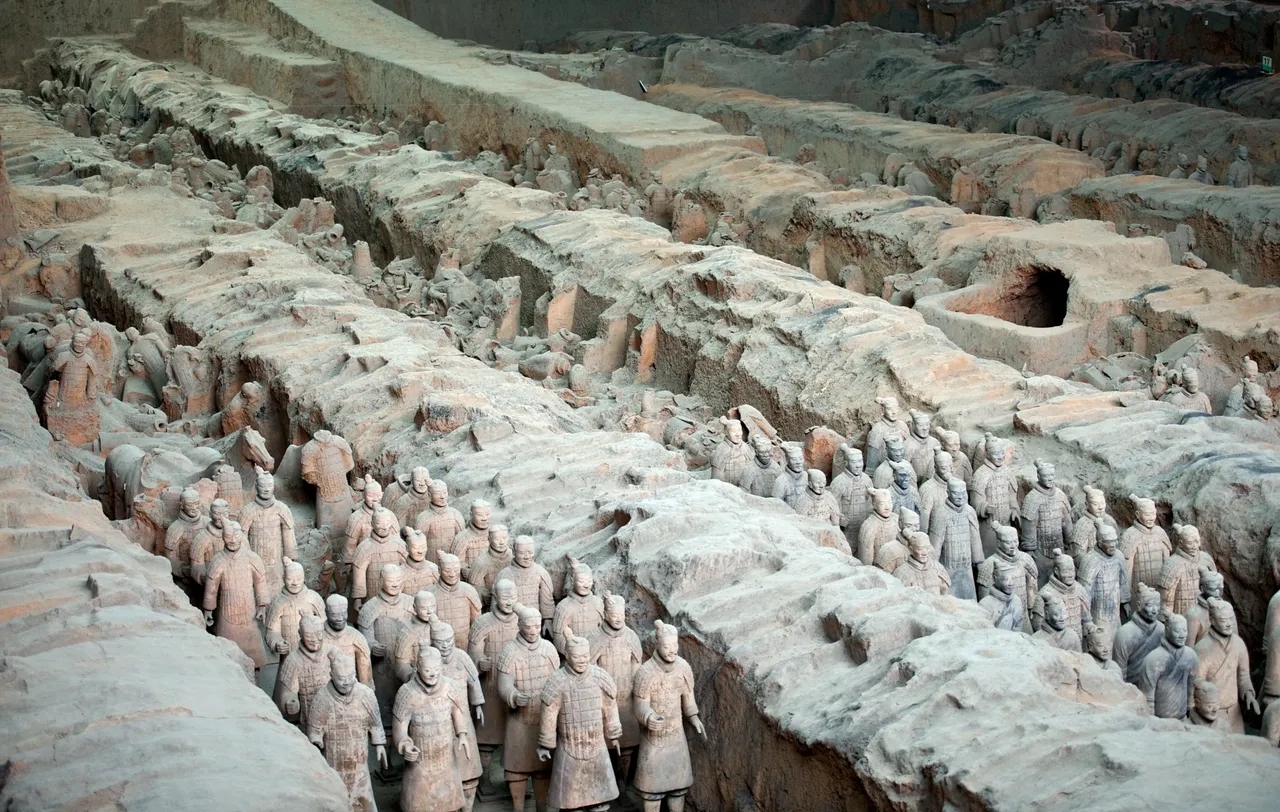
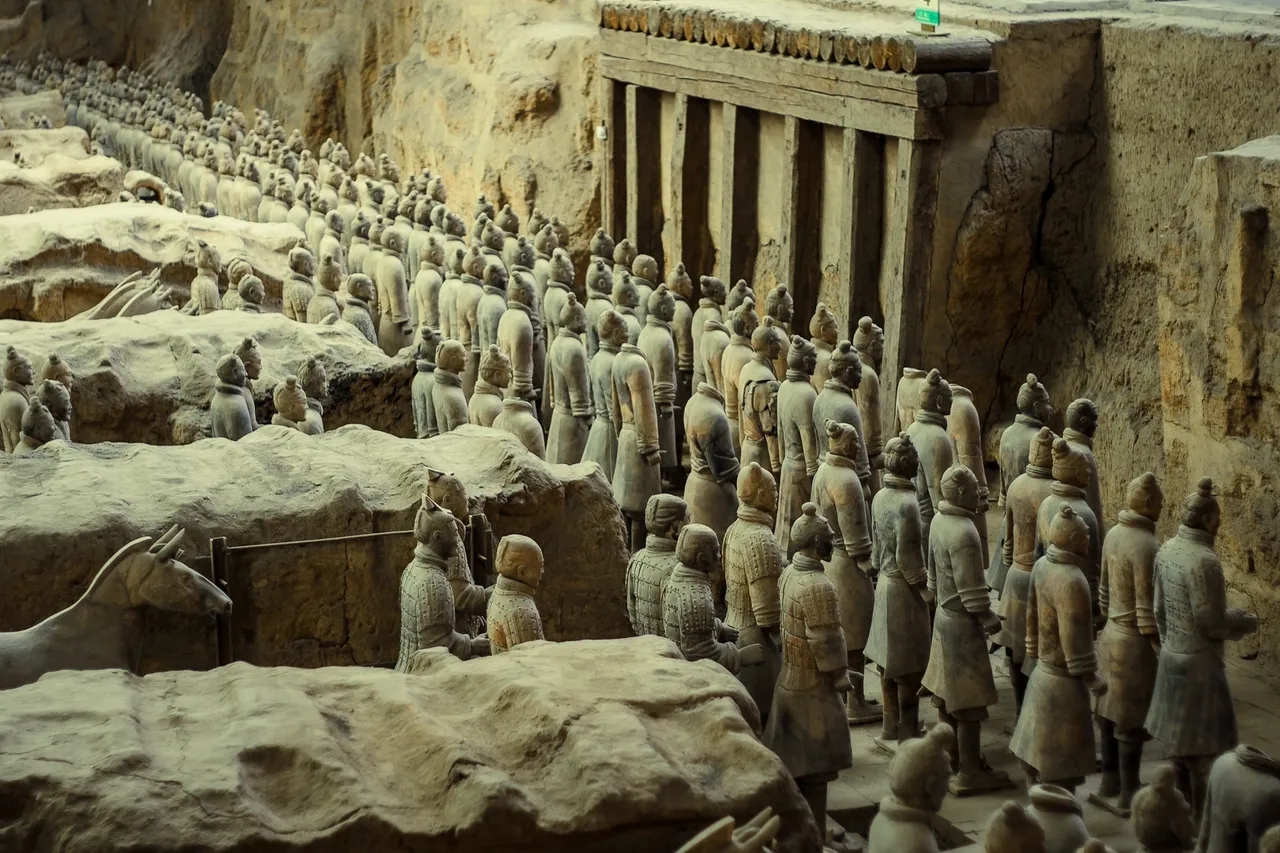
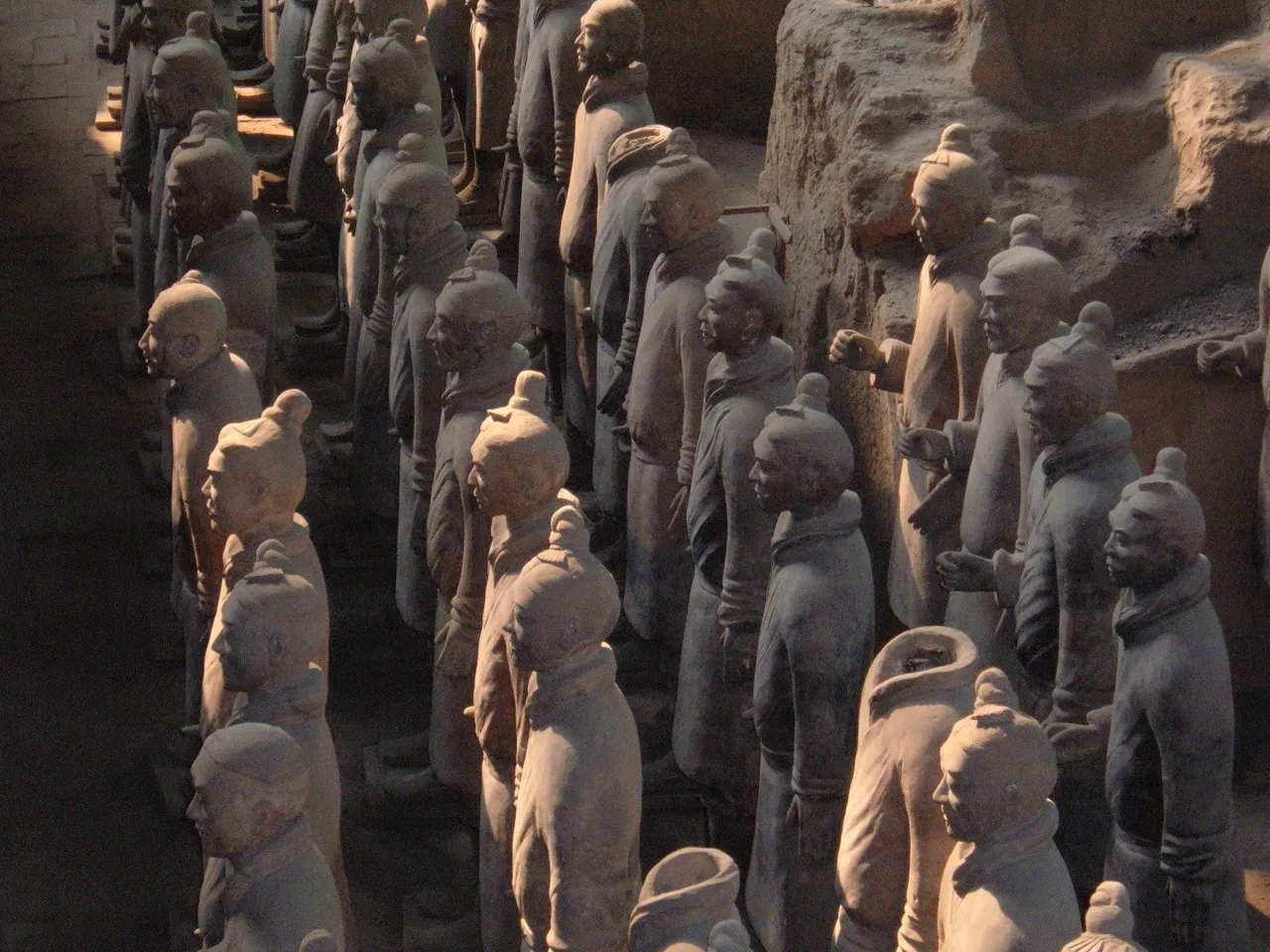
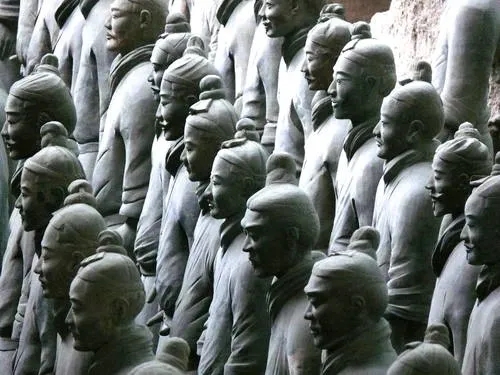
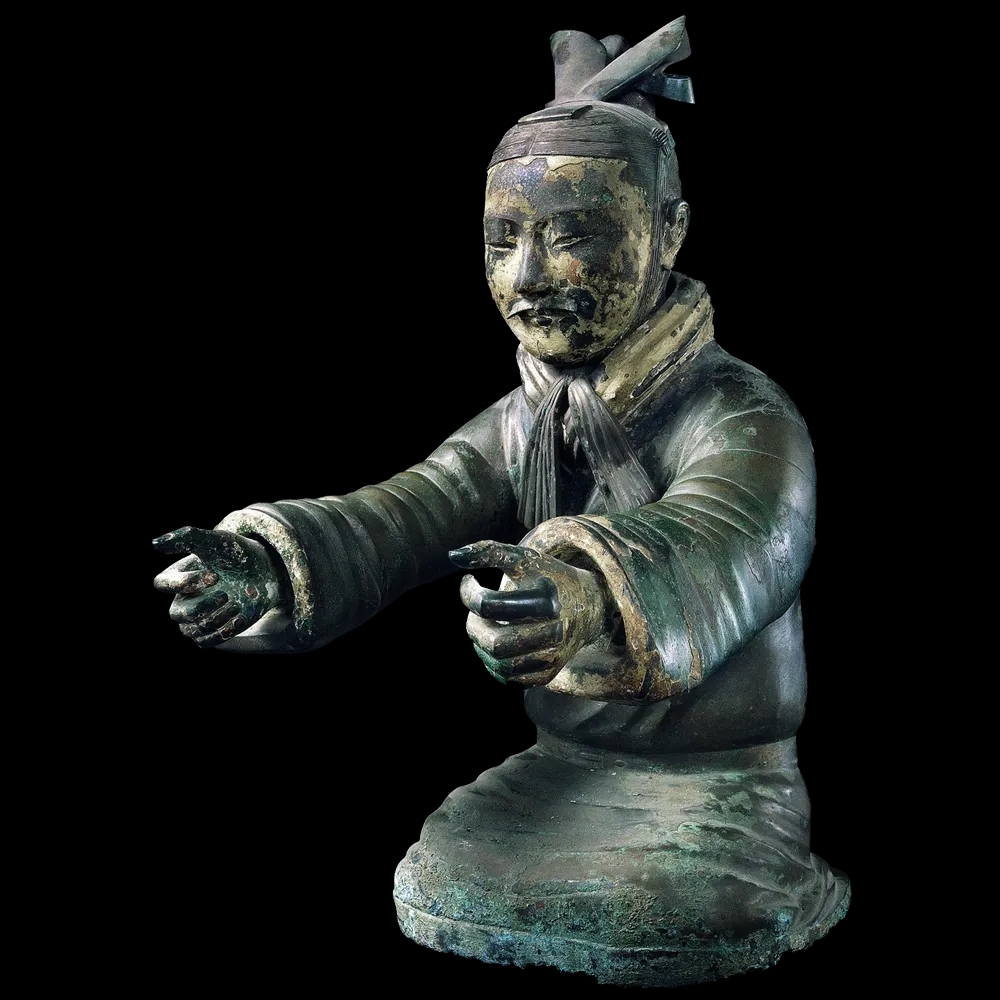
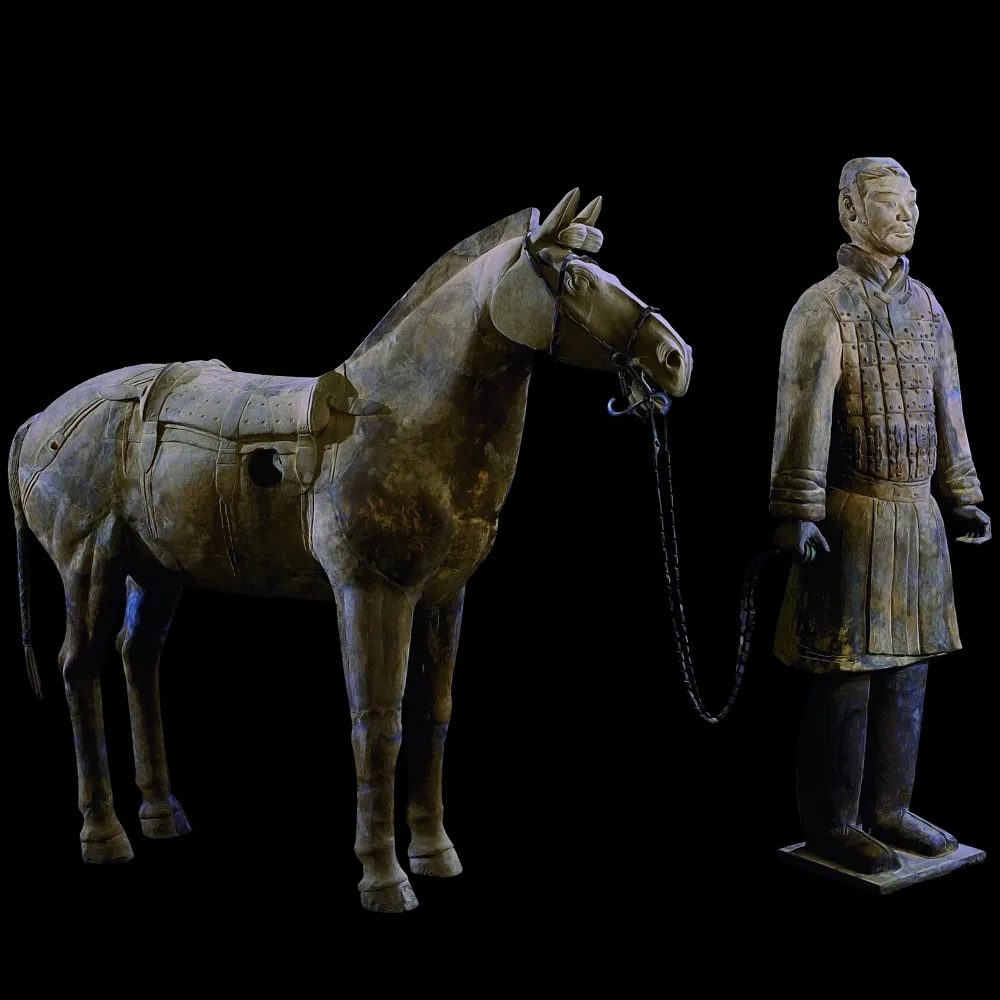
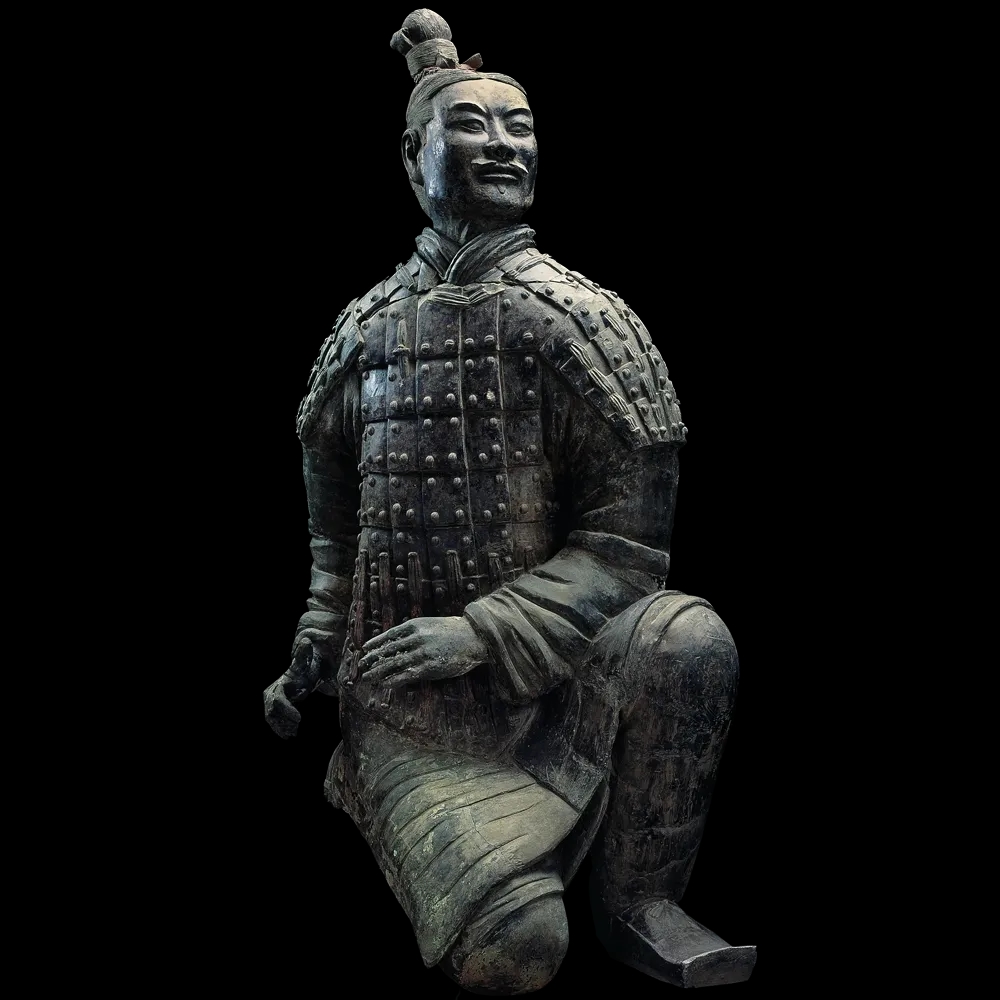
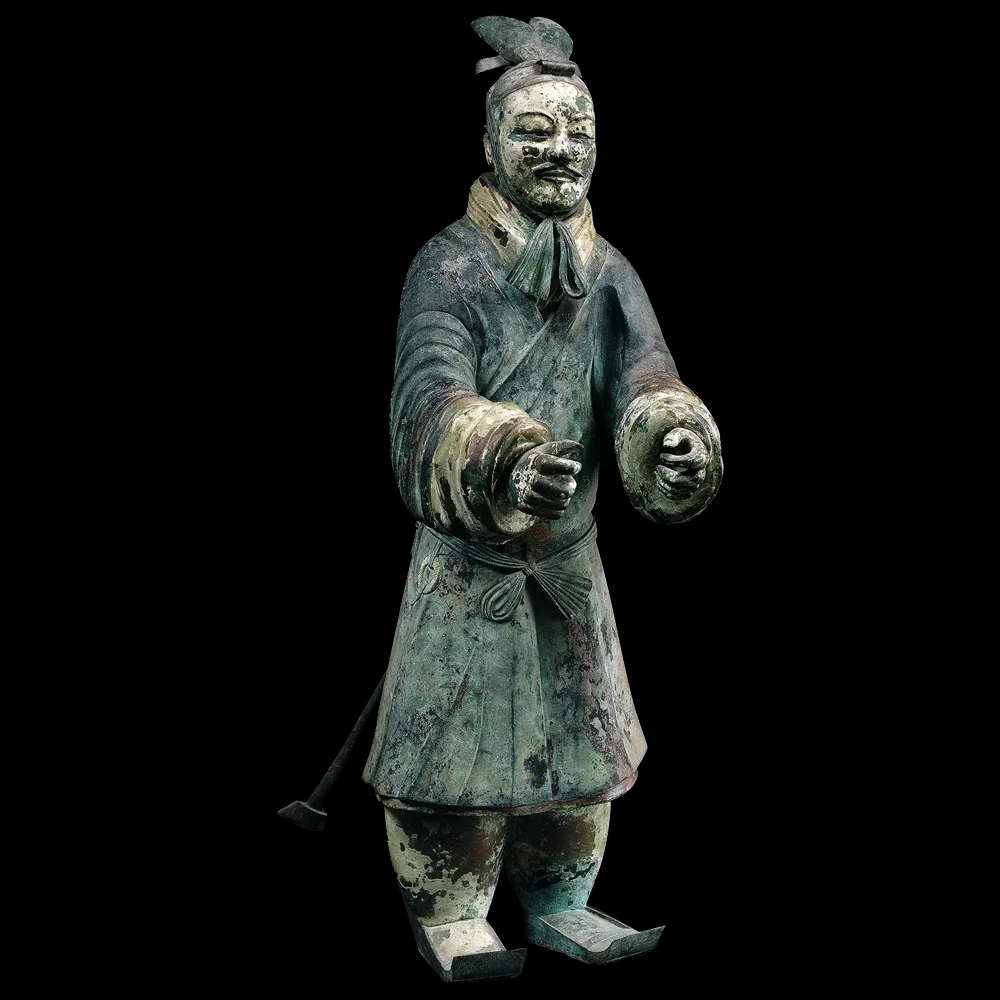
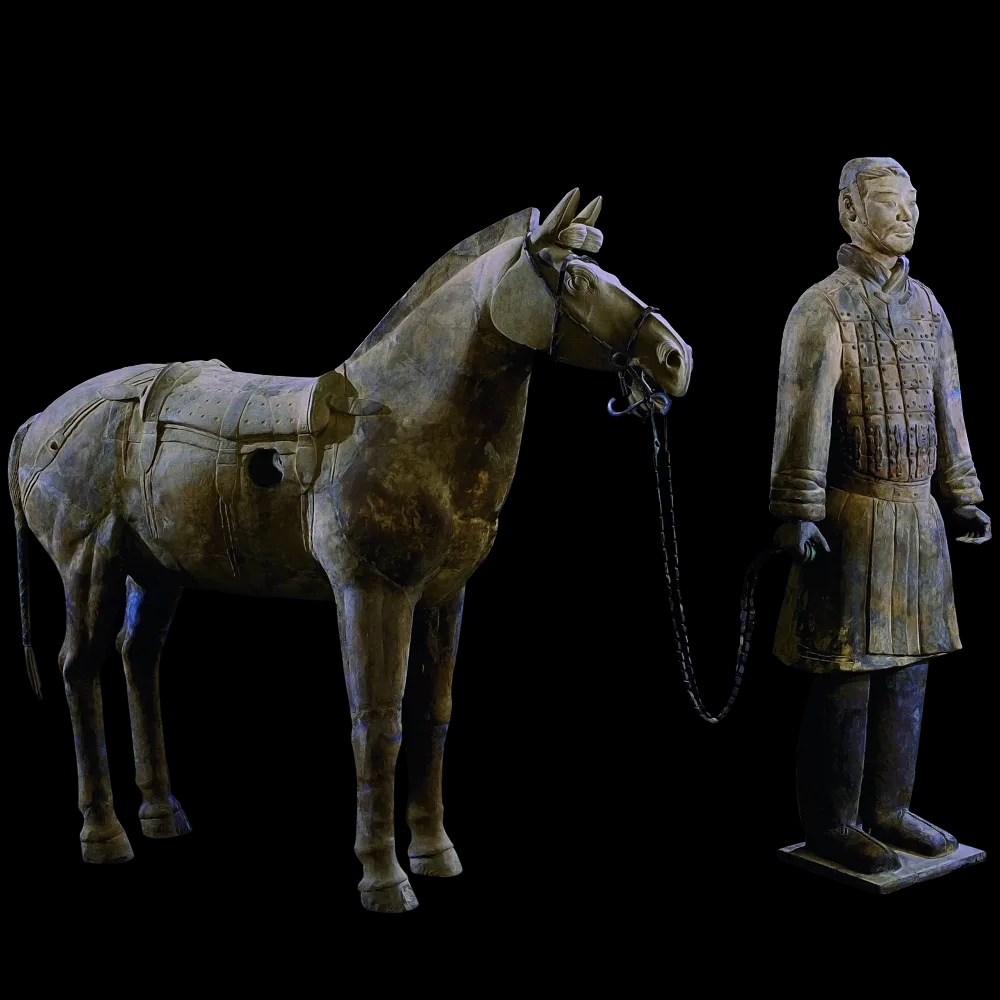
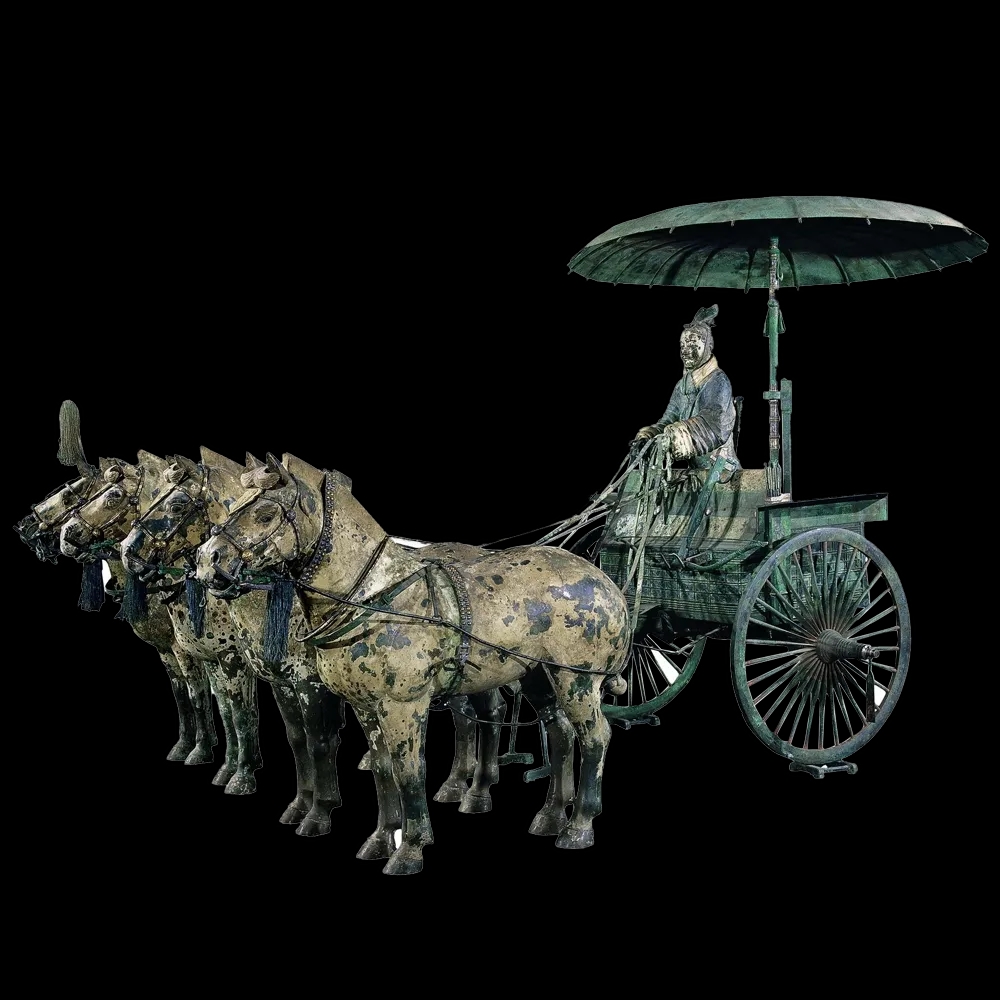
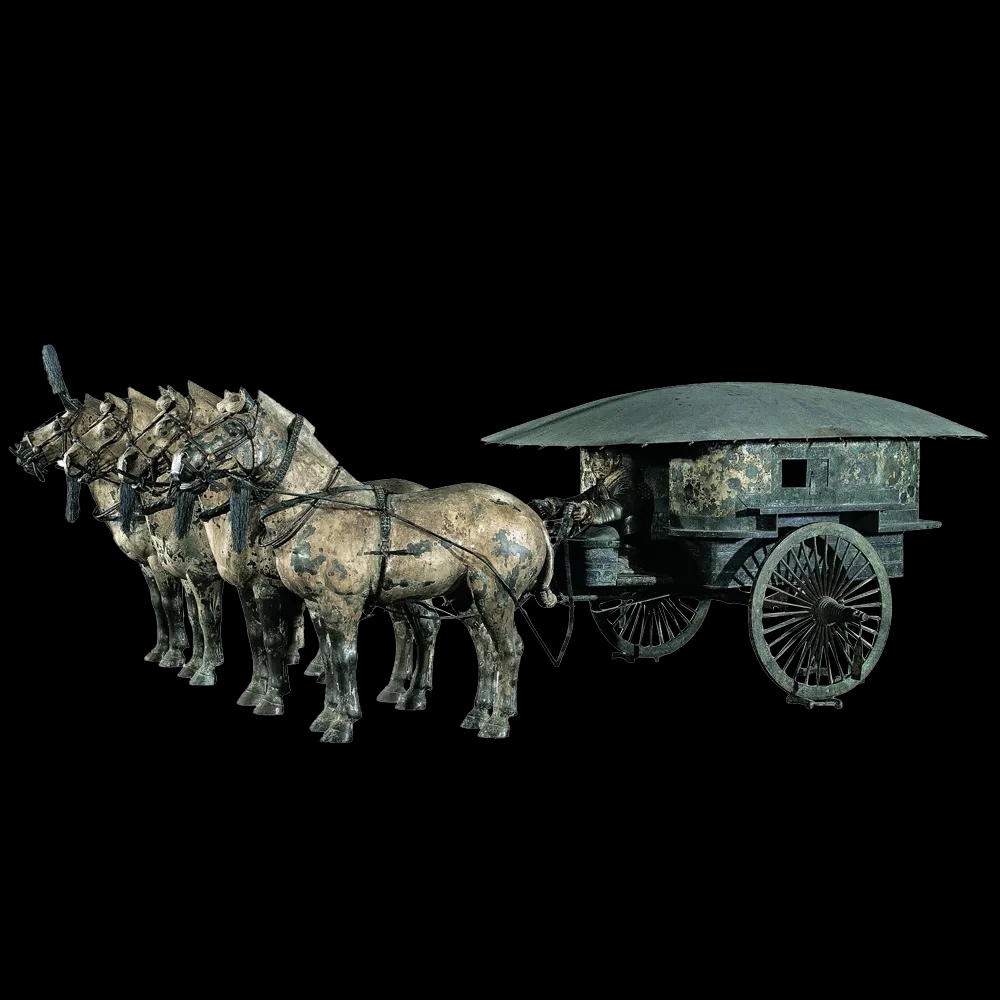
I like the terracotta warriors so much that I studied many aspects in great detail that I present below in an easily understandable format
What is the Terracotta army ?
The Terracotta Army is a collection of terracotta figure sculptures depicting the armies of Qin Shi Huang, the first Emperor of China
Why was the Terracotta army figures created ?
- The terracotta figures were created to protect the emperor in his afterlife
- Terracotta Warrers are a form of funerary art buried with the emperor in 210–209 BCE with the purpose of protecting the emperor in his afterlife
What is the timeline of the terracotta army ?
The figures, dating from approximately the late third century BCE
How were the terracotta army warrior figures discovered ?
The Terracotta army warror figure sculptures were discovered in 1974 by local farmers outside Xi’an, Shaanxi, China by farmers digging a water well approximately 1.5 kilometres east of the Qin Emperor’s tomb mound at Mount Li (Lishan) – a region riddled with underground springs and watercourses
How many figures are there ? any estimate ?
Estimates from 2007 were that the three pits containing the Terracotta Army held more than 8,000 soldiers, 130 chariots with 520 horses, and 150 cavalry horses, the majority of which remained buried in the pits near Qin Shi Huang’s mausoleum
A museum complex has since been constructed over the area, the largest pit (Pit 1) being enclosed by a roofed structure
Four main pits approximately 7 metres deep have been excavated located approximately 1.5 kilometres east of the burial mound
The soldiers within were laid out as if to protect the tomb from the east, where the Qin Emperor’s conquered states lay
Is the terracotta army stand alone ? or is it a part of something ?
The Terracotta Army is part of a much larger necropolis – including the tomb of emperor Qin Shu Huang and many other structures
- Ground-penetrating radar and core sampling have measured the area to be approximately 98 square kilometers.
- The necropolis was constructed as a microcosm of the emperor’s imperial palace or compound, and covers a large area around the tomb mound of the first emperor.
- The earthen tomb mound is located at the foot of Mount Li and built in a pyramidal shape and is surrounded by two solidly built rammed earth walls with gateway entrances.
- The necropolis consists of several offices, halls, stables, other structures as well as an imperial park placed around the tomb mound.
What are the figures about ?
The terracotta figures are life-sized – both MILITARY & NON MILITARY ones
- The figures include MILITARY figures : warriors, chariots and horses.
- Also, other terracotta NON-MILITARY figures were found in other pits, including officials, acrobats, strongmen, and musicians
- The figures vary in height according to their roles, uniform, and hairstyle in accordance with rank with the tallest being the generals
- Their faces appear to be different for each individual figure
- The figures are of these general types : Scholars, however, have identified 10 basic face shapes
- Armored infantry; unarmored infantry; cavalrymen who wear a pillbox hat; helmeted drivers of chariots with more armor protection; spear-carrying charioteers; kneeling crossbowmen or archers who are armored; standing archers who are not; as well as generals and other lower-ranking officers
- There are, however, many variations in the uniforms within the ranks: for example, some may wear shin pads while others not; they may wear either long or short trousers, some of which may be padded; and their body armors vary depending on rank, function, and position in formation
How were thee figure sculptures made ?
- The terracotta army figures were manufactured in workshops by government laborers and local craftsmen using local materials
- Heads, arms, legs, and torsos were created separately and then assembled by luting the pieces together
- When completed, the terracotta figures were placed in the pits in precise military formation according to rank and duty.
- The faces were created using molds, and at least ten face molds may have been used.
- Clay was then added after assembly to provide individual facial features to make each figure appear different.
- It is believed that the warriors’ legs were made in much the same way that terracotta drainage pipes were manufactured at the time
- This would classify the process as assembly line production, with specific parts manufactured and assembled after being fired, as opposed to crafting one solid piece and subsequently firing it.
- In those times of tight imperial control, each workshop was required to inscribe its name on items produced to ensure quality control.
- This has aided modern historians in verifying which workshops were commandeered to make tiles and other mundane items for the terracotta army
Weaponry
- Most of the figures originally held real weapons, which would have increased their realism.
- The majority of these weapons were looted shortly after the creation of the army or have rotted away.
- Despite this, over 40,000 bronze items of weaponry have been recovered, including swords, daggers, spears, lances, battle-axes, scimitars, shields, crossbows, and crossbow triggers.
- Most of the recovered items are arrowheads, which are usually found in bundles of 100 units.
- Studies of these arrowheads suggests that they were produced by self-sufficient, autonomous workshops using a process referred to as cellular production or Toyotism
